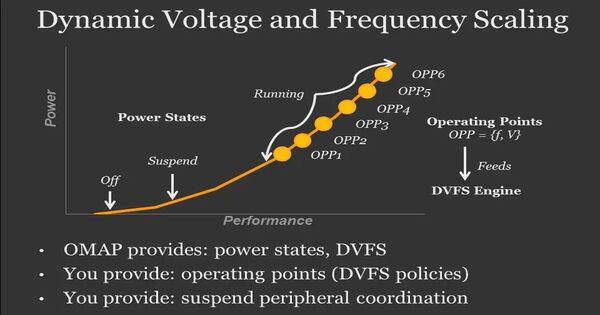Dynamic frequency scaling (also known as CPU throttling) is a power management technique in computer architecture in which the frequency of a microprocessor is dynamically modified “on the fly” based on actual needs, thereby conserving power and reducing the amount of heat produced by the chip. It is a technique used in computer processors, namely CPUs, to dynamically modify their operating frequency in response to workload requirements.
The major purpose of DFS is to optimize power consumption and thermal performance while maintaining acceptable performance levels. Dynamic frequency scaling preserves battery life on mobile devices, reduces cooling costs and noise in quiet computing environments, and can be used as a security measure for overheated computers (for example, after bad overclocking).
Dynamic frequency scaling is nearly usually combined with dynamic voltage scaling, because higher frequencies necessitate larger supply voltages for the digital circuit to produce accurate results. The combined problem is referred to as dynamic voltage and frequency scaling (DVFS).
Here’s how it typically works:
- Monitoring Workload: The processor constantly monitors the workload it’s handling. This workload could include various tasks such as browsing the web, running applications, or performing computational tasks.
- Frequency Adjustment: Based on the workload demand, the processor adjusts its operating frequency. When the workload is light or idle, the processor reduces its frequency to conserve power and reduce heat generation. Conversely, when the workload increases, the processor raises its frequency to handle the tasks more efficiently.
- Voltage Adjustment: In conjunction with frequency adjustments, DFS may also involve voltage adjustments. Lowering the voltage when reducing frequency helps in reducing power consumption further.
- Real-time Adjustment: DFS operates in real time, thus frequency adjustments occur as the workload changes. This ensures that the processor is always operating at peak performance and efficiency.
DFS is commonly used in modern CPUs, both on desktops and in mobile devices. It is especially important for laptops and smartphones, where battery life and heat control are major problems. By dynamically changing the frequency, the processor may achieve a balance between performance and power consumption, resulting in increased efficiency and battery life.
















